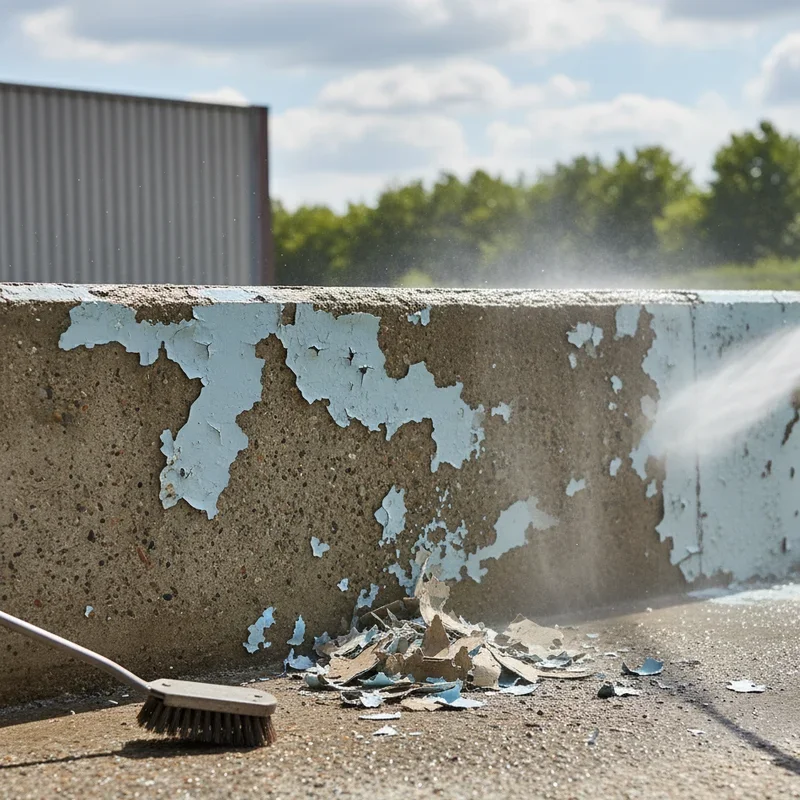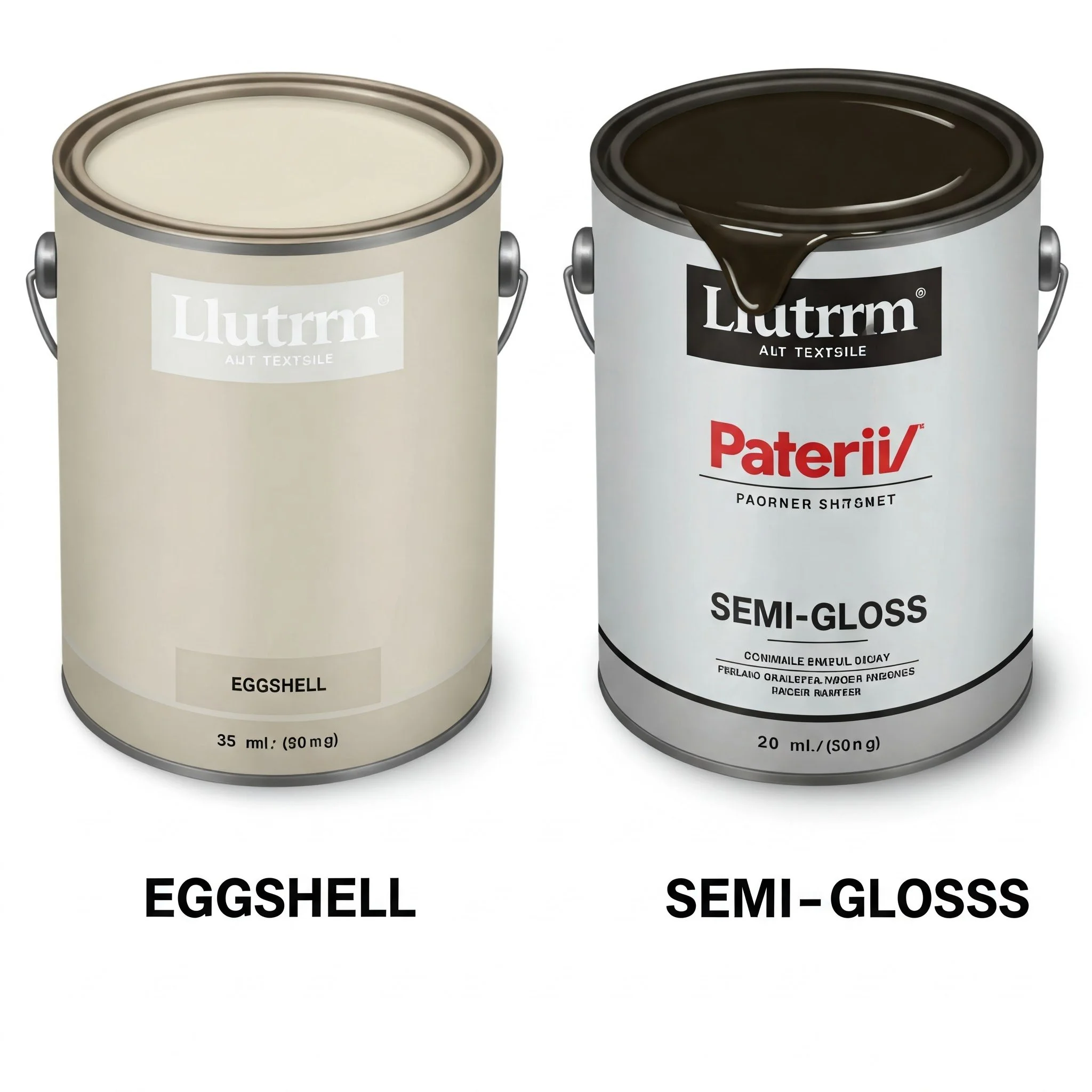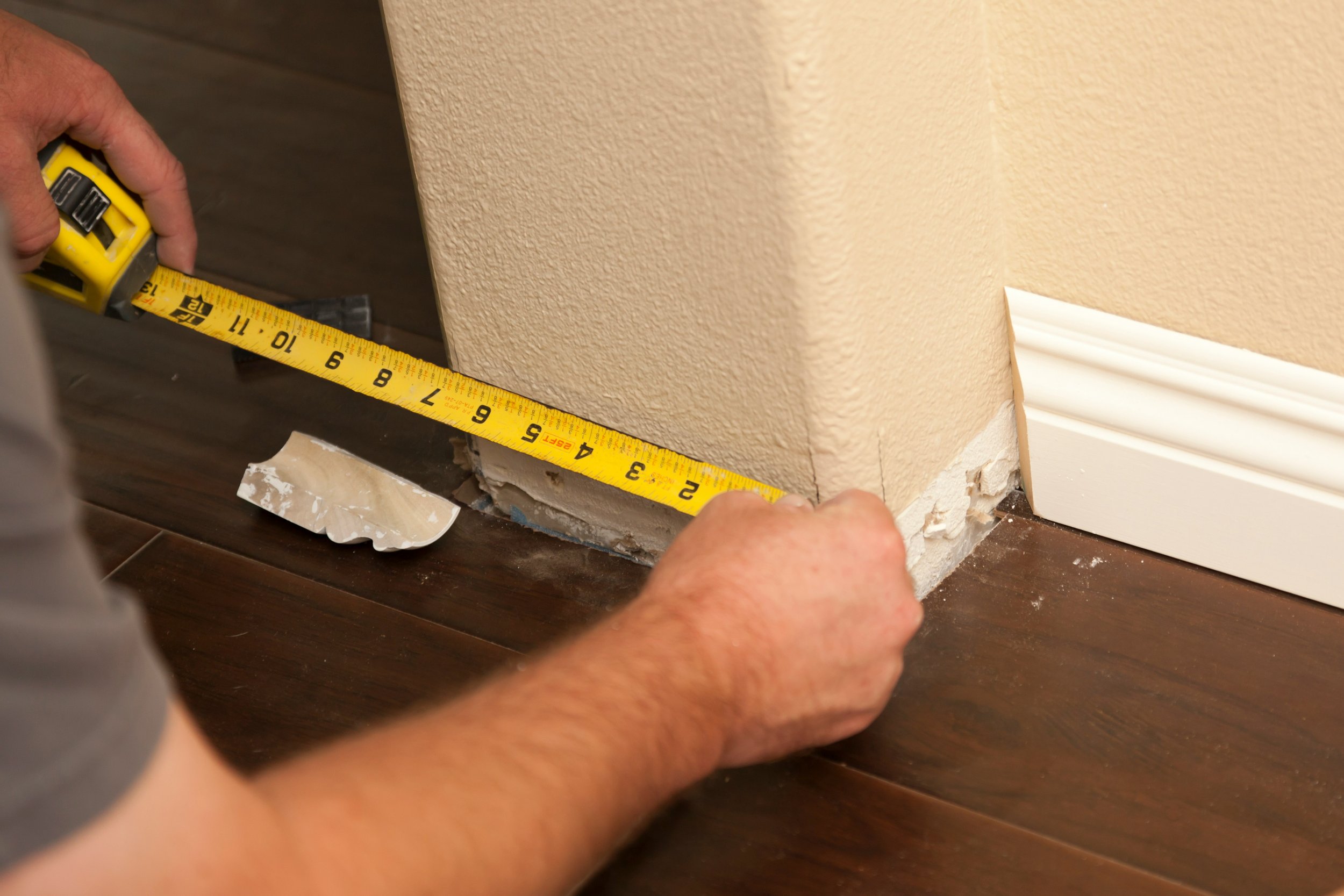How to Remove Paint from Concrete Step by Step
Learn how to remove paint from concrete step by step with proven methods, expert tips, and essential tools for a spotless finish every time.
Well, here's the thing. You've got paint splattered all over your concrete driveway, garage floor, or patio, and it's driving you up the wall. Maybe it was an accidental spill during your last home improvement project, or perhaps you're dealing with decades-old paint that's finally getting on your nerves. Whatever the case, removing paint from concrete isn't exactly a walk in the park, but it's definitely doable with the right approach and a bit of elbow grease.
Concrete surfaces are porous and tough, which means they tend to hold onto paint like there's no tomorrow. But don't throw in the towel just yet! Whether you're dealing with fresh latex paint or stubborn oil-based coatings, there's always a solution that'll work for your specific situation. This comprehensive guide will walk you through everything you need to know about tackling this messy job, from choosing the right method to putting the finishing touches on your newly cleaned surface.
Understanding What You're Up Against
Before diving headfirst into the removal process, you've got to figure out what type of paint you're dealing with. Not all paints are created equal, and different types require different approaches. Latex paint, for instance, is water-based and generally easier to remove than oil-based alternatives. Epoxy coatings? Now those are the real troublemakers that'll test your patience.
The age of the paint matters too. Fresh paint that's only been sitting for a few hours will come off much easier than paint that's been baked into the concrete for years under the hot sun. Take a good look at your concrete surface and assess the situation before you start. Is the paint peeling already? That's actually good news! Solid, well-adhered paint will require more aggressive methods.
Essential Tools and Materials You'll Need
Getting organized before starting saves a ton of headaches down the road. Here's what you should gather:
Paint stripper or chemical remover specifically designed for concrete
Wire brushes with stiff bristles
Pressure washer (1500 PSI minimum)
Safety goggles and chemical-resistant gloves
Respirator mask for chemical fumes
Plastic drop cloths or tarps
Putty knife or scraper
Absorbent materials like cat litter or sawdust
Garden hose with spray nozzle
Stiff-bristled broom
Protective clothing that covers your arms and legs
Trust me on this one. Skimping on safety gear is never worth it. Those chemical strippers are no joke, and they can cause serious skin irritation or respiratory issues if you're not careful.
How to Remove Paint from Concrete Step by Step: Method Selection
Choosing the right method depends on several factors. The size of the area, type of paint, your budget, and how much time you've got all play into this decision. Let's break down your options.
Chemical Paint Strippers
Chemical strippers are incredibly effective, especially for oil-based paints and large areas. They work by breaking down the chemical bonds in the paint, making it bubble up and become easy to scrape away. However, they're also pretty harsh on the environment and require serious safety precautions.
Pressure Washing
For lighter paint applications or when you want an eco-friendlier option, pressure washing can work wonders. It's fast, relatively clean, and doesn't involve toxic chemicals. The downside? It might not work on really stubborn, thick paint layers.
Mechanical Methods
Sometimes old school is the best school. Wire brushing, grinding, or sandblasting are mechanical methods that physically remove paint from concrete. They're labor-intensive but highly effective, particularly for small areas or when chemicals aren't an option.
How to Remove Paint from Concrete Step by Step: The Complete Process
Alright, let's get down to brass tacks. Here's your step-by-step roadmap to paint-free concrete.
Step One: Prepare Your Work Area
First things first. You've got to prep your workspace properly. Clear away any furniture, vehicles, or items that could get damaged. Cover nearby plants with plastic sheeting because chemical strippers can harm vegetation. Make sure you've got adequate ventilation if you're working indoors. Open all windows and doors, and set up fans to keep air circulating.
Sweep the concrete thoroughly to remove loose debris, dirt, and dust. A clean surface allows strippers to work more effectively. If there's any oil or grease on the concrete, clean that up first with a degreaser. You want the stripper to attack the paint, not waste its energy on other contaminants.
Step Two: Apply Your Chosen Paint Remover
Assuming you've gone with a chemical stripper, read the manufacturer's instructions carefully. Yeah, I know reading directions isn't exactly thrilling, but each product has specific application requirements. Pour or brush the stripper onto the painted area, making sure you've got a generous coating. Don't be stingy here because a thin layer won't penetrate deeply enough.
Most strippers need anywhere from 30 minutes to several hours to work their magic. You'll know it's ready when the paint starts bubbling, wrinkling, or lifting away from the concrete. Patience is key during this waiting period. Resist the urge to start scraping too early because you'll just make more work for yourself.
Step Three: Scrape Away Loosened Paint
Once the paint has softened, grab your putty knife or scraper and start removing it. Work in small sections, scraping the gunk into a pile that you can dispose of properly. For textured concrete, a wire brush works better than a flat scraper because it can get into all those little nooks and crannies.
This part can be messy as all get-out, so take your time. If you encounter areas where the paint isn't budging, apply more stripper and give it additional time to work. Sometimes stubborn spots need a second or even third application.
Step Four: Clean the Concrete Surface
After you've removed the bulk of the paint, you'll notice a residue left behind. This needs to come off too. Using a pressure washer set to at least 1500 PSI, thoroughly rinse the concrete. Keep the nozzle about 12 inches from the surface and use sweeping motions to avoid gouging the concrete.
If you don't have access to a pressure washer, a stiff brush and plenty of water will do the trick, though it'll take more elbow grease. Scrub in circular motions, frequently rinsing your brush and the concrete. You might need to repeat this process several times until the water runs clear.
Step Five: Neutralize Chemical Residue
Many chemical strippers leave behind an alkaline residue that can affect future coatings or sealers. Check your stripper's instructions for neutralization recommendations. Often, a mixture of vinegar and water or a commercial neutralizer does the job perfectly.
Apply the neutralizer according to directions, let it sit for the recommended time, then rinse thoroughly. This step might seem like overkill, but it's crucial for maintaining the integrity of your concrete.
Step Six: Allow Proper Drying Time
Don't rush this part! Concrete is porous and holds moisture deep within its structure. Depending on weather conditions and humidity levels, you might need to wait 24 to 48 hours before the surface is completely dry. You can test this by taping a piece of plastic to the concrete. If condensation appears underneath after a few hours, it's still too wet.
Step Seven: Inspect and Touch Up
Once everything's dry, inspect your work carefully. Are there any remaining paint spots? Did you miss any areas? Now's the time to address these issues. For small remaining spots, you might try spot-treating with more stripper or using a wire brush attachment on a drill for mechanical removal.
Alternative Methods Worth Considering
Sometimes the standard approach doesn't fit your situation. Here are some alternatives that might work better for you.
Soda Blasting
This gentler alternative to sandblasting uses sodium bicarbonate (baking soda) propelled at high pressure. It's less aggressive on concrete and environmentally friendly. Professional equipment is usually required, but rental options exist in most areas.
Heat Guns
For smaller areas, heat guns can soften paint enough to scrape it away. This method works best on thicker paint layers but requires careful attention to avoid burning the paint, which creates toxic fumes.
Grinding and Sanding
Concrete grinders equipped with diamond grinding wheels literally grind away the top layer of concrete along with the paint. This method is extremely effective but also removes some concrete, so it's best for surfaces that can afford to lose a bit of material.
Safety Precautions You Can't Ignore
Look, I can't stress this enough. Working with paint strippers and power equipment is hazardous if you're not careful. Always wear protective eyewear because one splash of chemical stripper in your eye can cause permanent damage. Chemical-resistant gloves are non-negotiable. Regular latex gloves won't cut it.
A respirator is essential when working with chemical strippers, especially in enclosed spaces. Those fumes aren't just unpleasant; they're genuinely harmful to your respiratory system. Don't rely on a simple dust mask because it won't filter out chemical vapors.
Keep children and pets far away from your work area. Even after you've finished, residual chemicals can pose risks. Dispose of all waste materials according to local regulations. Many areas have specific requirements for hazardous waste disposal, and paint stripper definitely qualifies.
Troubleshooting Common Problems
Paint Won't Budge
If your chosen method isn't working, don't keep beating your head against the wall. Switch tactics! Try a stronger chemical stripper, increase the dwell time, or move to a mechanical method. Sometimes layered paint requires attacking from different angles.
Concrete Damage
Noticed some surface damage? Small cracks or chips can happen, especially with aggressive removal methods. Fill these with concrete patching compound once your surface is completely clean and dry.
Staining Issues
Sometimes paint removal leaves behind staining, particularly with red or dark-colored paints. A concrete degreaser or specialized stain remover often helps. In persistent cases, you might need to accept a slightly stained surface or consider painting the entire area.
Environmental and Disposal Considerations
Being environmentally responsible matters. Chemical paint strippers contain harsh substances that shouldn't enter storm drains or groundwater. Collect all runoff and dispose of it properly at a hazardous waste facility.
Consider using biodegradable strippers when possible. They're becoming more widely available and work surprisingly well on many paint types. Sure, they might take longer to work, but they're much safer for the environment and your health.
Preventing Future Paint Mishaps
An ounce of prevention is worth a pound of cure, right? When painting near concrete, always use drop cloths or cardboard to catch drips and spills. If you do get fresh paint on concrete, wipe it up immediately with a damp cloth. Fresh paint is infinitely easier to clean than dried paint.
Consider applying a concrete sealer after cleaning. Sealed concrete resists paint penetration much better than bare concrete, making future cleanups much easier.
Professional Help: When to Call in the Experts
Sometimes DIY just isn't the answer. If you're dealing with an enormous area, extremely stubborn paint, or hazardous materials like lead paint, calling professionals makes sense. They've got industrial-grade equipment and expertise that can save you time, money, and frustration.
Lead paint, in particular, requires specialized handling and disposal. If your concrete was painted before 1978, test for lead before attempting removal. Professional remediation isn't cheap, but it's absolutely necessary for your safety.
Cost Considerations and Budgeting
Let's talk money. DIY paint removal from concrete can range from relatively cheap to surprisingly expensive depending on your approach. Chemical strippers typically cost between $30 and $100 per gallon, and you might need several gallons for large areas. Pressure washer rentals run about $50 to $100 per day.
Professional services charge anywhere from $2 to $8 per square foot depending on the difficulty and location. Get multiple quotes if you're going the professional route, and make sure they're licensed and insured.
Maintaining Your Cleaned Concrete
After all that hard work, you'll want to keep your concrete looking great. Regular sweeping and occasional pressure washing prevent buildup that can make surfaces look dingy. If you're planning to leave the concrete bare, consider applying a penetrating sealer that protects without changing the appearance.
For high-traffic areas, a topical sealer adds an extra layer of protection against stains, moisture, and wear. Reapply according to manufacturer recommendations, typically every few years.
Conclusion
Removing paint from concrete doesn't have to be an overwhelming ordeal. With the right tools, proper preparation, and a solid understanding of how to remove paint from concrete step by step, you can restore your surfaces to their original glory. Whether you choose chemical strippers, pressure washing, or mechanical methods, patience and safety should always be your top priorities. Remember that every situation is unique, so don't be afraid to adjust your approach as needed. The satisfaction of seeing clean concrete after all your hard work is absolutely worth the effort!
Read next: How to Paint Garage Door and Boost Your Home’s Curb Appeal
Frequently Asked Questions
1. What is the easiest way to remove paint from concrete?
Pressure washing works best for latex paint while chemical strippers handle oil-based paints most effectively overall.
2. Can vinegar remove paint from concrete surfaces?
White vinegar can soften latex paint but rarely works alone on fully dried or oil-based paints.
3. How long does chemical paint stripper need to work?
Most strippers require 30 minutes to 8 hours depending on paint thickness and product strength used.
4. Is it safe to use a pressure washer on old concrete?
Yes, but use lower pressure settings on deteriorating concrete to avoid causing surface damage or cracking.
5. Will paint removal damage my concrete driveway?
Proper techniques rarely cause damage, though aggressive methods like grinding remove small amounts of concrete surface.



















